
Your guide to an unforgettable adventure in Ikara-Flinders Ranges National Park
Want to make the most of your visit to this history-rich park? We’ve got you covered with this four-day itinerary.
The ancient and rugged desert landscape of Ikara-Flinders Ranges National Park is a favourite destination for visitors from all over the world.
The park is blessed with dramatic gorges and mountains, abundant wildlife and the rich cultural heritage of the land’s Traditional Owners, the Adnyamathanha people.
With so much to see and do, you’ll need to set aside a few days to truly experience this fabulous park.
Ranger Tom McIntosh has kindly put together an itinerary to help you make the most of your next visit. Here are his tips:
Day 1 – arrive at the park
If you’re travelling from Adelaide, Ikara-Flinders Ranges National Park is about a 5‑hour drive, so by the time you arrive you’ll probably want to head straight to your campsite to set up.
There’s 10 campgrounds dotted around the park. Most have toilet facilities, as well as fire pits that can be used outside of the fire danger season.
My favourite campground is Trezona Campground, which is located along the Brachina Gorge Road on the edge of a gum creek.
It has tall trees offering plenty of shade, and the campsites are big and suitable for all campers including caravans and motorhomes. There are no street lights anywhere nearby, so it’s the perfect spot for stargazing.
Top tip: You’ll need to book your campsite before you arrive as there’s no mobile phone coverage at any of the campgrounds. Campsites can be booked online or at one of our booking agents such as the Wilpena Pound Visitor Centre.

Day 2 – Brachina and Bunyeroo Gorges
Morning
There’s no need for an alarm clock, the birds will let you know when the sun starts peaking over the horizon.
After an early breakfast, head into Brachina Gorge and try to spot a yellow-footed rock wallaby. If you’re lucky you’ll see them high up on the steep slopes of the gorge.
While you’re there, check out the Brachina Gorge Geological Trail. Brachina Gorge is home to some of the oldest fossils on earth and provides a window into the 650 million years of the earth’s history.
The trail is a 20 km self-guided trail with signage explaining the fascinating geology of the area.
Top tip: Your best chance to see yellow-footed rock wallabies is in the morning and late afternoon, particularly during hot weather as they try to escape the desert heat by basking in the shade of the gorge.
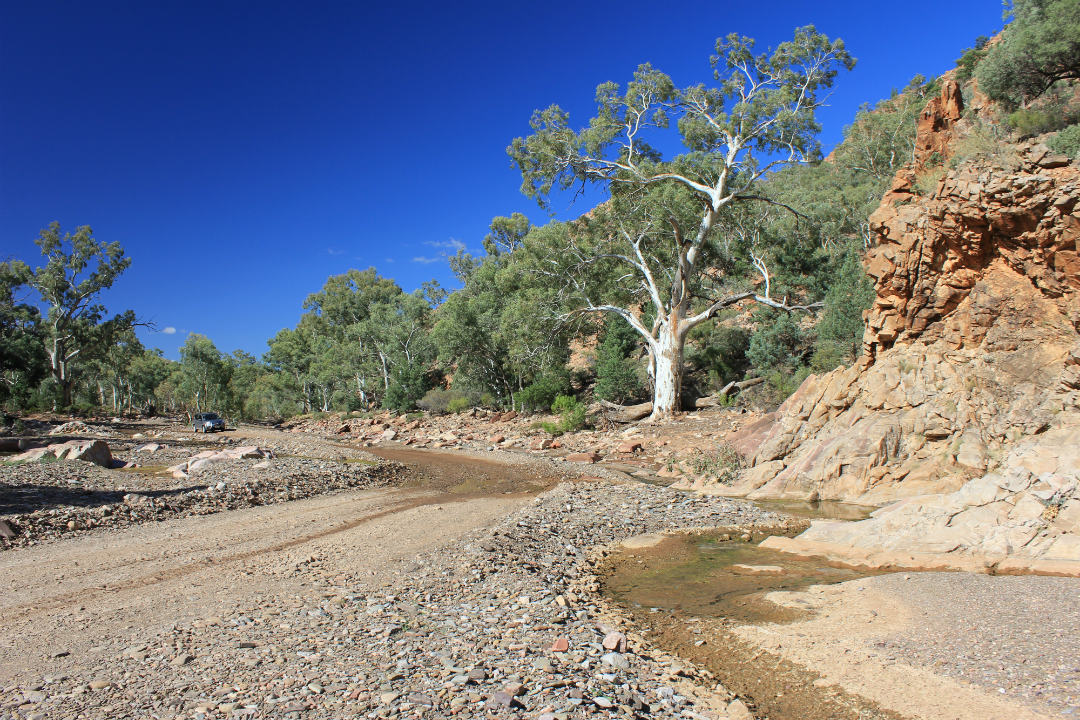
Lunch
Make your way south towards Bunyeroo Gorge and stop at Twin Gums Picnic Area for lunch.
The twin gums stand tall on either side of the road and make an impressive natural frame for the budding photographer. If you need toilets, there’s some located at the nearby Acraman Campground.
Afternoon
Continue your journey into Buyeroo Gorge. If you feel like stretching your legs, take a stroll along the Bunyeroo Gorge Hike and explore the peaceful gum-lined gorge.
The 7.5 km return hike will take about 3.5 hours to complete, but if you are short on time, you can always turn back early.
Follow the road through Bunyeroo Gorge and as you climb up the hill make sure you stop at Razorback Lookout to see one of the park’s most iconic landscapes.
It’s now time to start making tracks back to your campsite. You can either complete the loop road that will take you to the Hawker to Blinman Road or you can head back through the gorges.
Top tip: If you head back via the Hawker to Blinman Road, make a stop at the Perawurtina Cultural Heritage Site (near Dingley Dell Campground) to visit the Aboriginal engravings.
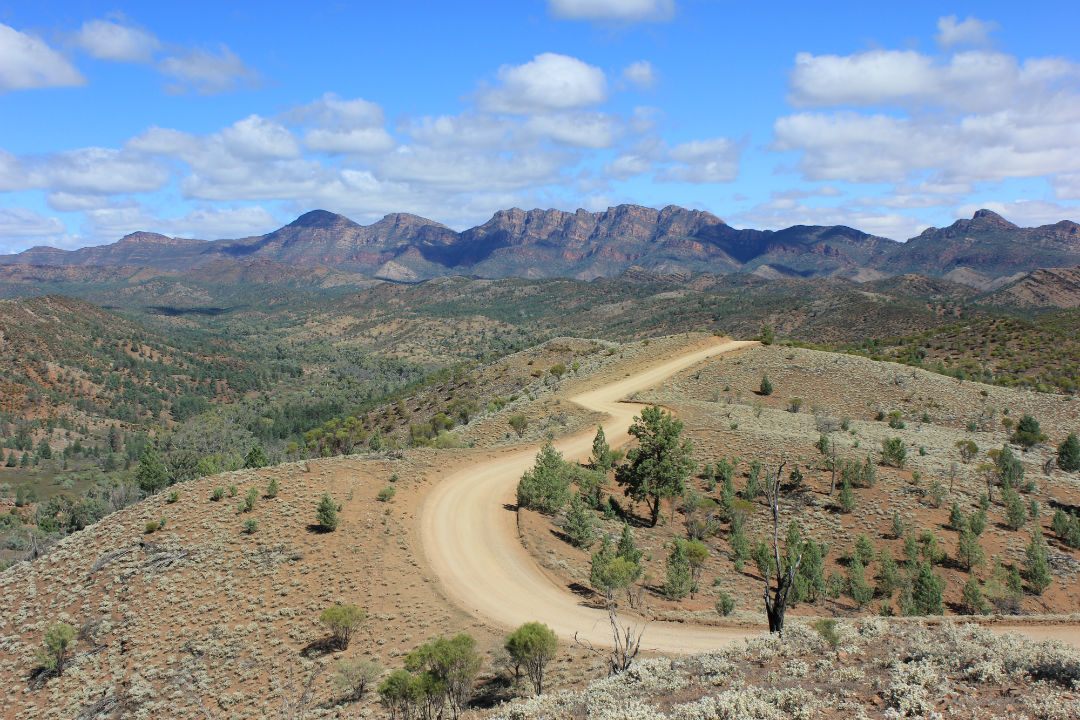
Day 3 – Wilpena Pound
Morning
The iconic Wilpena Pound, known as Ikara to the Adnyamathanha people, lies at the heart of the park and also at the heart of the Adnyamathanha Dreaming.
This spectacular landform is a must see when visiting the park and can be enjoyed along one of the many bushwalking trails.
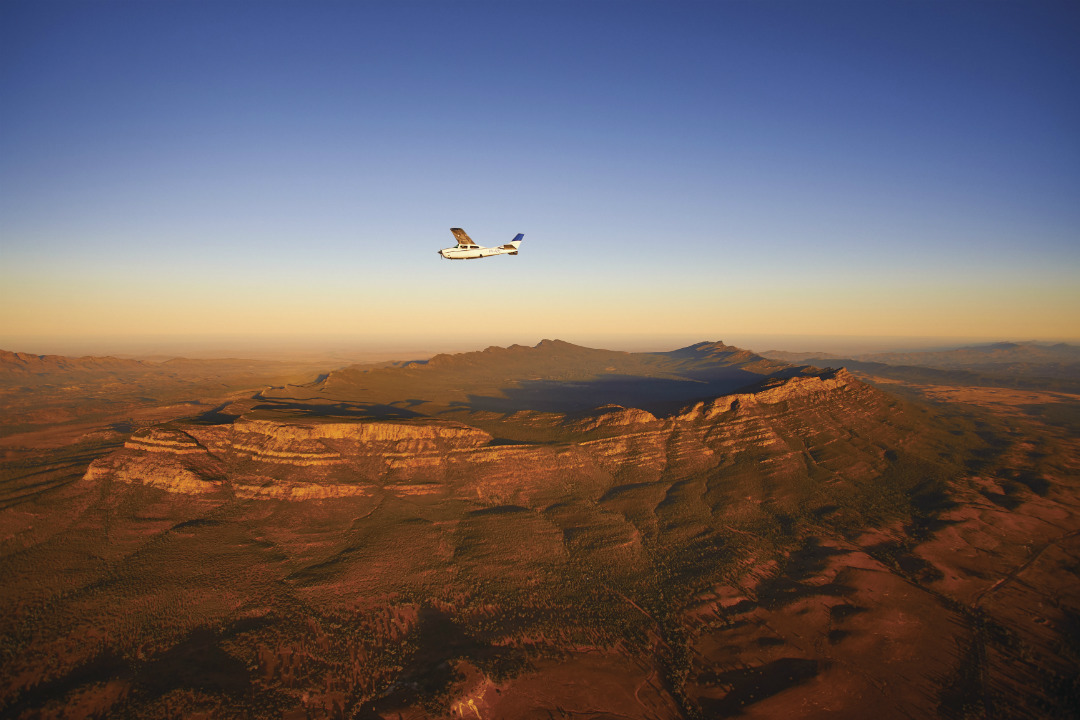
Head out on one of the many trails, of various lengths and difficulty that depart from the Wilpena Pound Visitor Centre.
The Hills Homestead Walk is rated as an easy trail, and makes its way inside Wilpena Pound to the original homestead that was home to the early pastoralists.
From the Hills Homestead you can head up to the Wangara Lookouts via the short but strenuous 1.2 km trail. The lookouts will reward you with spectacular panoramic views of the interior of Wilpena Pound.
Allow yourself 2 hours to complete the Hills Homestead Walk and 3.5 hours if you continue to the lookouts.
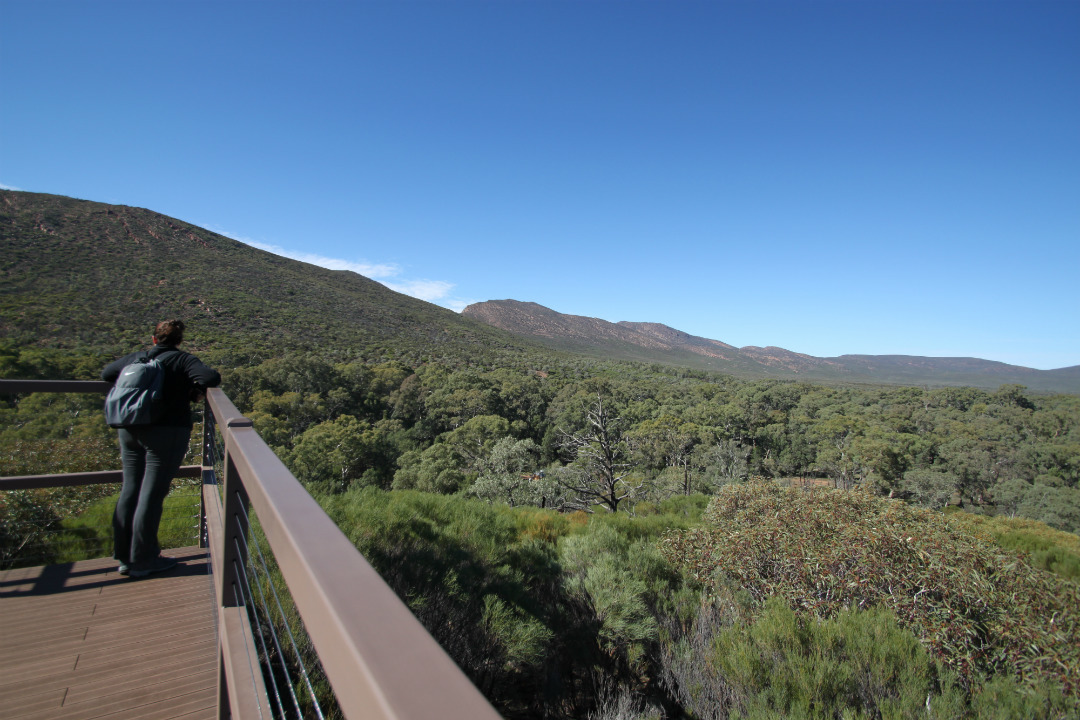
Lunch
After working up an appetite, head back to Wilpena Pound Resort for a bite to eat. Options at the resort complex include the IGA Xpress Store that sells groceries and takeaway food and the Poddy Dodgers Bar that has sit-down restaurant meals.
Afternoon
Spend the afternoon exploring and learning about the pastoral heritage of the Flinders Ranges on the Living with the Land Walk.
The 1 km walk will take you around the building of the old homestead, where you’ll learn about the early European settlers and Aboriginal people who share the pastoral heritage of the area. Along the way you’ll likely see lots of kangaroos, euros, emus and abundant birdlife.
On your way back to your campsite make sure you stop at the Hucks and Stokes lookouts which you’ll find just off the Hawker to Blinman Road. Both of these lookouts offer amazing views and are great spots to admire a desert sunset.
Top tip: An alternative option for the afternoon is to take a scenic flight over Wilpena Pound to get a full appreciation of the grandeur of this amazing place. Scenic flights can be booked through the Wilpena Pound Visitor Centre.
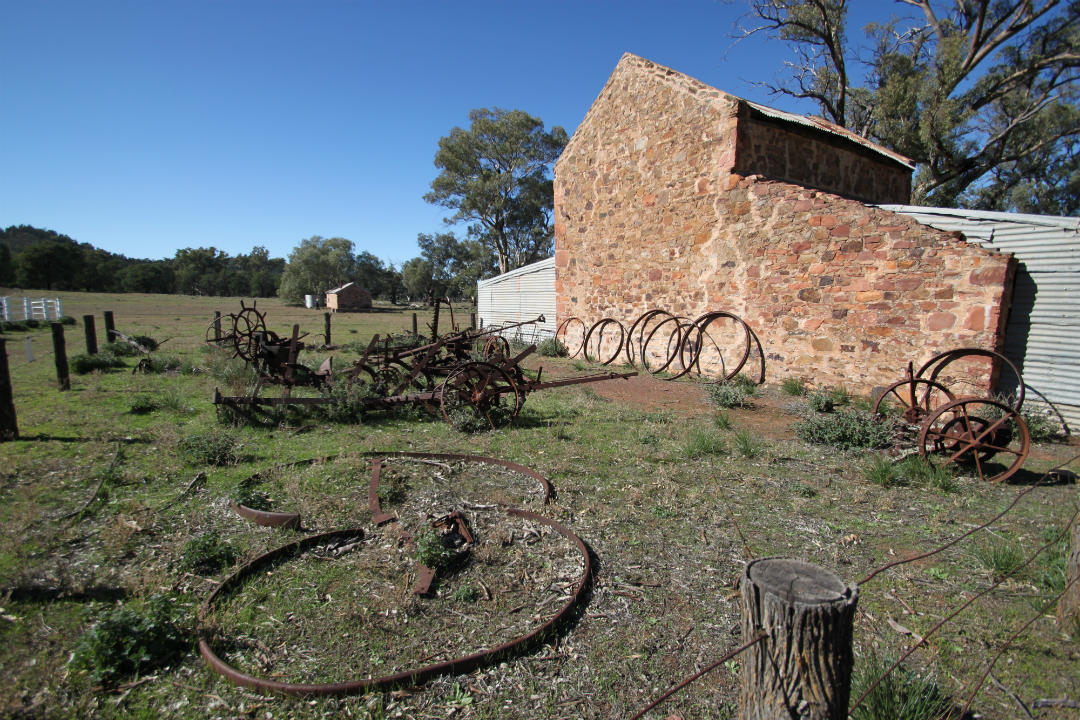
Day 4 – on the way home
Morning
Unfortunately, all good things must come to an end, so unless you have a few extra days to spend here it’s time to pack up camp and head home.
If you’re heading south towards Adelaide, make sure you take some time to visit the Adnyamathanha rock paintings at Arkaroo Rock. The ochre and charcoal images tell the Dreaming story of the creation of Ikara (Wilpena Pound).
It’s best to see them in the morning light when the sun is shining on them. The 3 km Arkaroo Rock Hike loop trail will take about 2 hours to complete and is rated as a moderate hike. There are some steep sections and loose surfaces, but you’ll find it rewarding.
Top tip: Avoid the heavy traffic of Highway 1 and head home to Adelaide via Wilmington and Melrose. If you have time, drop into Alligator Gorge in Mount Remarkable National Park.

Park of the Month:
This October, join us in celebrating Ikara-Flinders National Park, Nilpena Ediacara National Park and Vulkathunha-Gammon Ranges National Park
as our Parks of the Month!
Explore a variety of events, from ranger guided walks, star tours, twilight walks and much more.